Assassin bugs are a large group of insects in the family Reduviidae. There are well over 155 different species of assassin bugs, and they are all joined by one specific characteristic: these insects are equipped with a curved, pointed mouthpart known as a “proboscis.” Their proboscis’ are used to stab and kill prey, and can be used to defend themselves from predators as well. Read on to learn about the assassin bug.
Description of the Assassin Bug
There is quite a wide variety of species, which come in a number of shapes and sizes. They can range anywhere from 0.16 – 1.57 in. long. While a few are demur in color, most are brightly colored, or have flashy accents. Common colors include brown, black, red, orange, and green. Their mouthparts are tubular, segmented, and pointed.
Interesting Facts About the Assassin Bug
Though these insects appear relatively harmless, beware handling them! Most people are aware of bees, wasps, and other stinging creatures, but ignorant of the potential pain assassin bugs can inflict.
- Handle With Caution – If these bugs feel threatened, they implement their long proboscis. They can deliver a surprisingly painful jab, and some species will also inject venom or digestive juices. Though this bite is not medically dangerous, this can be a painful encounter.
- Utility Jab – The sharpened proboscis is not present just to terrify women and children. Rather, they use their proboscis to hold up their namesake. These predatory insects will stab their prey to injure or kill it before consuming it.
- Insect Soup – After their prey has been immobilized or killed these insects are faced with a problem. Their only mouthparts are the long proboscis used to kill prey. Instead of chewing and eating their food, they inject digestive juices into it and slurp it up through their proboscis.
- Other Dangers – While their bite is painful, but harmless to humans, they should still be avoided. Some species are known to spread Chagas disease, which can cause heart failure and damage to major organs. Though there is a very slim chance of this occurring, it’s better to be safe than sorry.
Habitat of the Assassin Bug
These bugs live in a large number of different habitats. They can be found in rainforests, rocky areas, inside animal nests, in woodpiles, gardens, chicken coops, and more. With such a wide variety of species there are virtually endless habitats that are occupied by these bugs.
Distribution of the Assassin Bug
The vast majority of species are found in North America, but these creatures can be found nearly worldwide. They are found in Europe, parts of Asia, Central America, South America, and Africa, as well. There are a wide variety of species, but the greatest species diversity occurs in North America.
Diet of the Assassin Bug
The predatory behavior of these insects is quite interesting. Instead of hunting and capturing small prey, these insects can consume creatures much larger than themselves. After stabbing the prey with their proboscis, they inject venom or digestive juices into the body of the prey. This can effectively kill prey much larger than the assassin bug. They feed primarily on insects, but a few insects are considered parasitic and feed on mammalian blood.
Assassin Bug and Human Interaction
For the most part these insects are harmless to humans, if a touch painful. A few species can actually be dangerous to humans, not from the bite itself but from the transmission of Chagas disease. This can sometimes be fatal to humans, and is spread when the insect bites. Other species can be quite beneficial by killing pests that could potentially harm crops, rainforests, and other protected habitats.
Domestication
Assassin bugs have not been domesticated in any way.
Does the Assassin Bug Make a Good Pet
Because they can deliver a painful bite, and some species can transmit a potentially fatal disease, these creatures do not make good pets.
Assassin Bug Care
These creatures should always be kept hands-off to prevent painful bites. Only a few species are kept regularly in human care, including the white-spotted assassin. Because their eggs and offspring are very small, it is important to keep a very fine grade screen over the enclosure. Many species require high humidity, and plenty of woody hiding places like branches or bark. They can be fed roaches, waxworms, moths, grasshoppers, crickets, and other insects, but their diet should be varied.
Behavior of the Assassin Bug
These insects are surprisingly adept predators, and spend much of their time hunting for food. Social behavior depends heavily on the species, some are solitary, some live in groups, and some congregate in hiding places. The same goes for reproduction, some species reproduce singly, while other congregate in large groups.
Reproduction of the Assassin Bug
After breeding, females lay clumps of fertilized eggs, usually onto a leaf or stem of a plant. The baby bugs, called “nymphs,” look like tiny versions of the adults at birth. The nymphs are born without wings, and go through metamorphosis before reaching sexual maturity and gaining wings. The incubation time of eggs, and development time of nymphs, varies greatly between species.

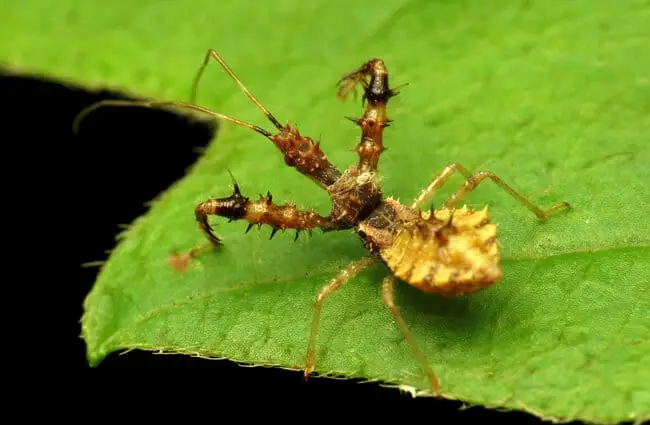


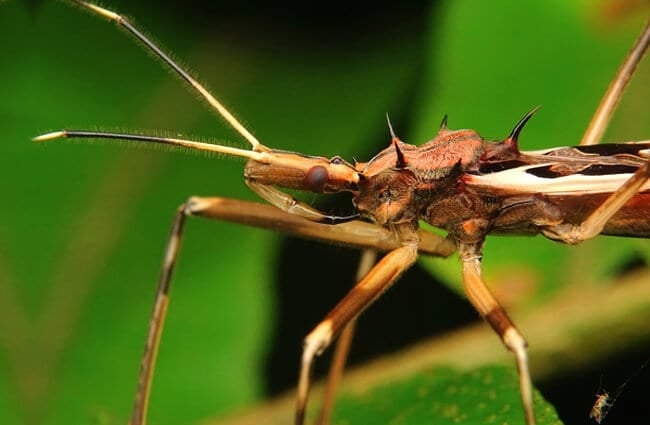
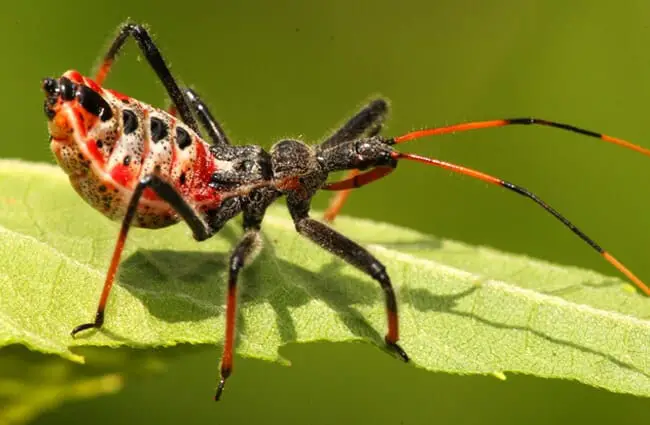

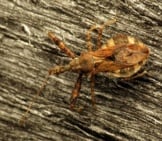

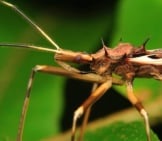
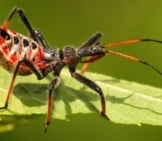
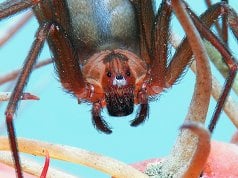
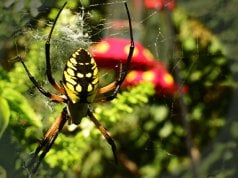











![Red Angus Closeup of a beautiful Red Angus cowPhoto by: U.S. Department of Agriculture [pubic domain]https://creativecommons.org/licenses/by/2.0/](https://animals.net/wp-content/uploads/2020/03/Red-Angus-4-100x75.jpg)

